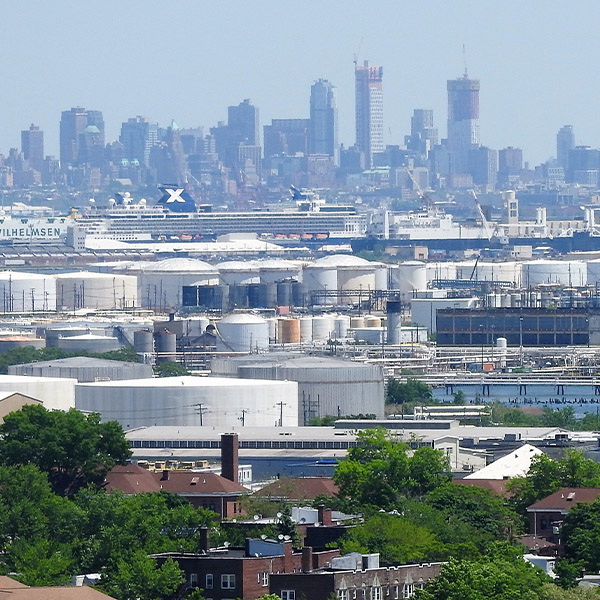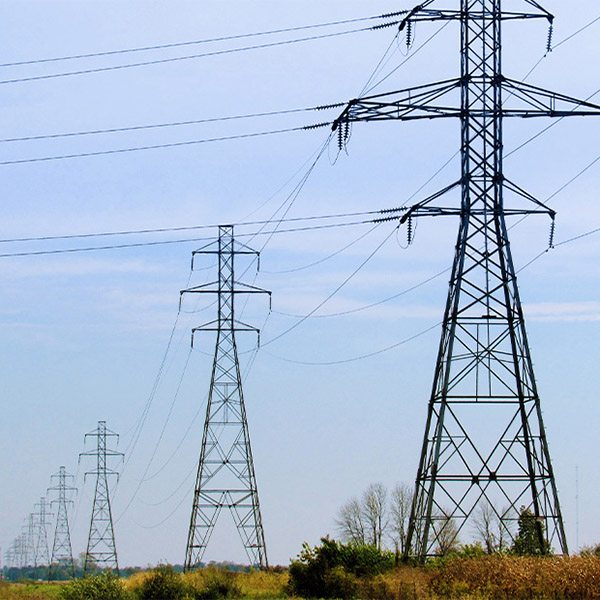New York Independent System Operator (NYISO)
NYISO told stakeholders it was no longer considering seasonal capacity accreditation factors because it found they would disincentivize participation in the capacity market.
NYISO provided a glimpse into the possible capacity accreditation factors for gas generator units that have not guaranteed a supply of fuel for the winter capability period.
In the wake of the New York Public Service Commission’s decision to cease planning its offshore wind underwater transmission network, NYISO has followed suit, tossing two years of planning studies.
The PSC shut down the process to build an underwater transmission network to bring electricity to shore from the hundreds of wind turbines the state hopes to see spinning off its coastline.
The heat wave at the end of June caused the average locational-based marginal price for the month to increase dramatically, NYISO said.
Short- and long-term load forecasting was discussed in a "strategic discussion" during board meetings.
FERC approved NYISO’s tariff revisions that change the mechanism by which generators opt in to the “firm fuel” capacity accreditation resource class, enable modeling improvements related to natural gas constraints and update the bidding requirements for capacity suppliers.
Earthjustice claimed that NYISO’s latest annual “Power Trends” report was full of misleading statements that favor new natural gas generation in a letter to New York state officials.
NYISO performed an autopsy on the system conditions during the late June heat wave for the New York State Reliability Council at its Installed Capacity Subcommittee meeting.
The NYISO Management Committee passed two motions at its June 30 meeting, unanimously recommending that the Board of Directors approve them.
Want more? Advanced Search










